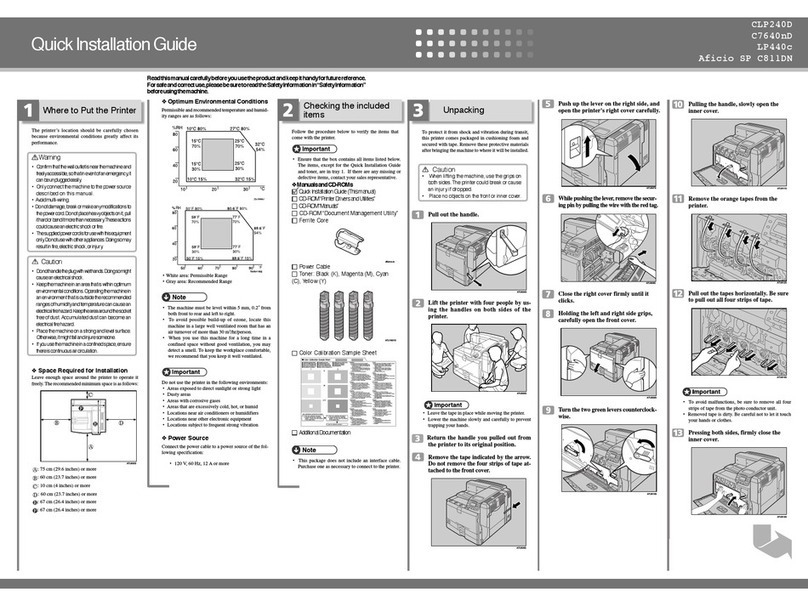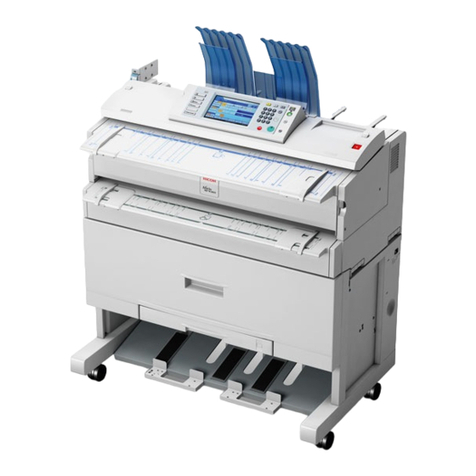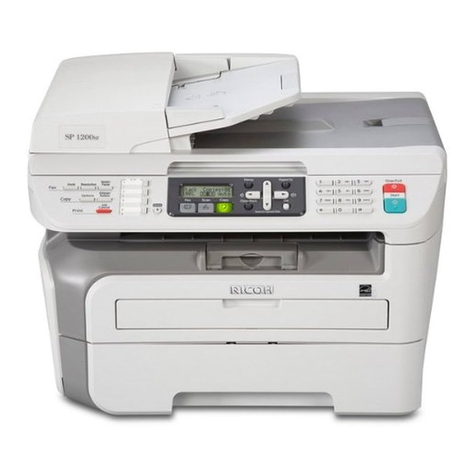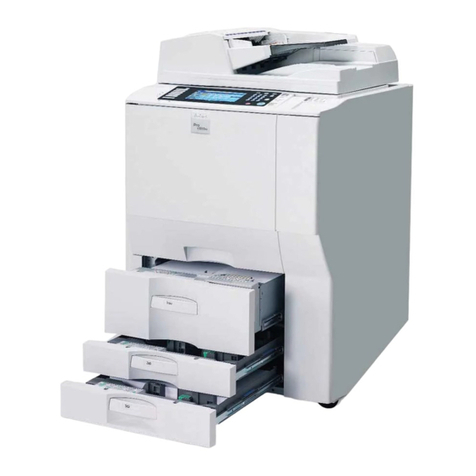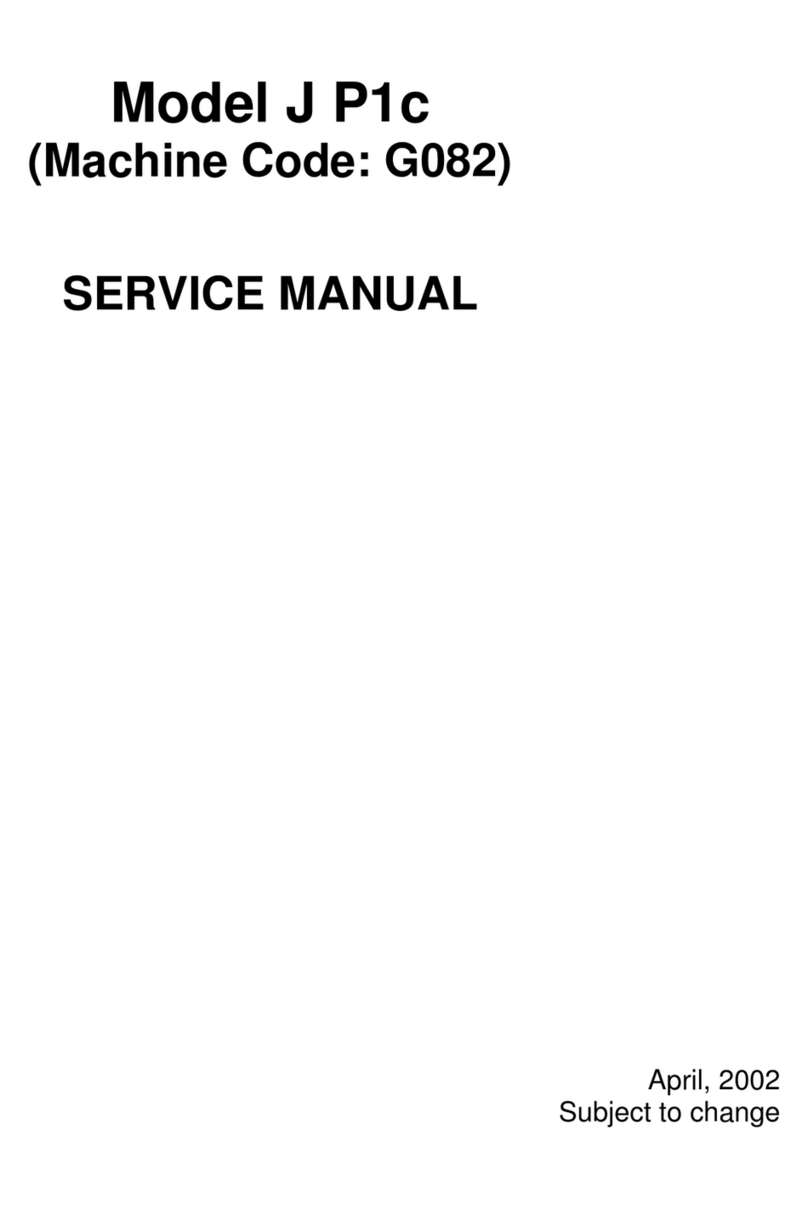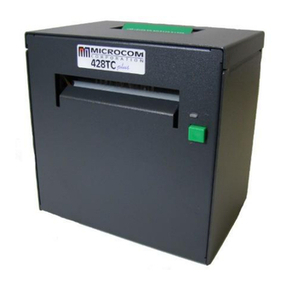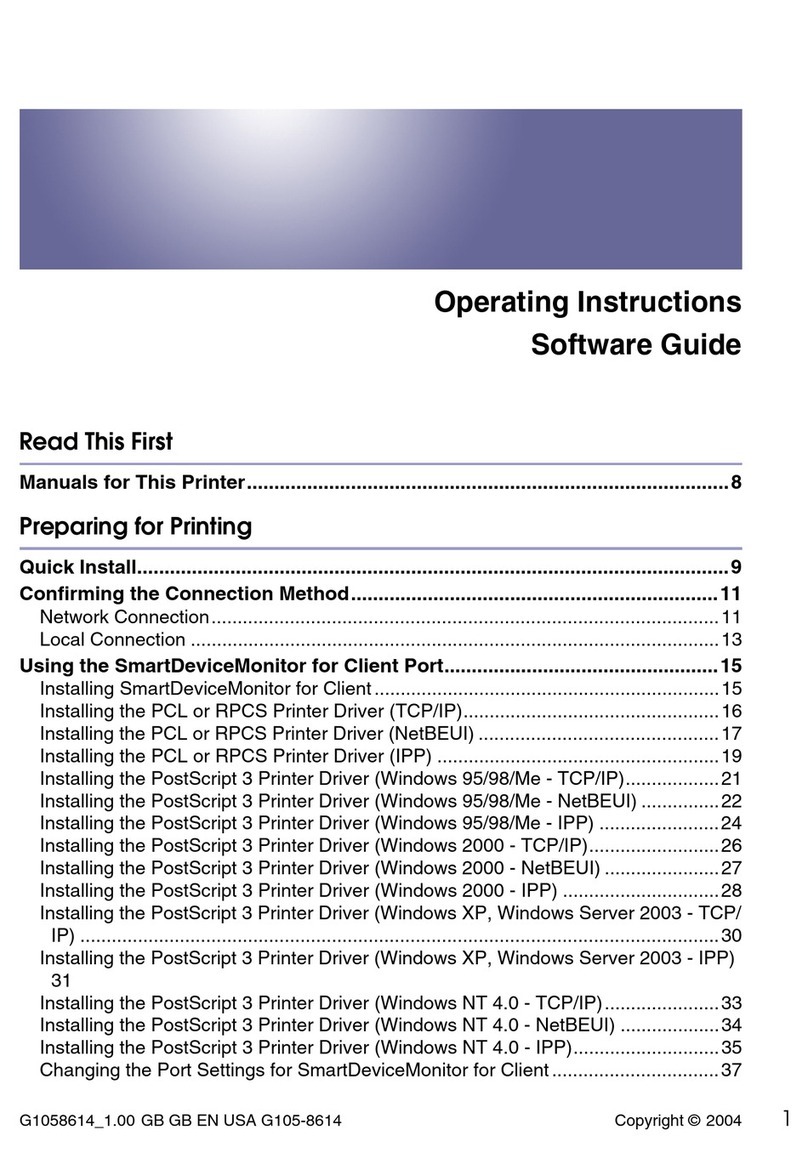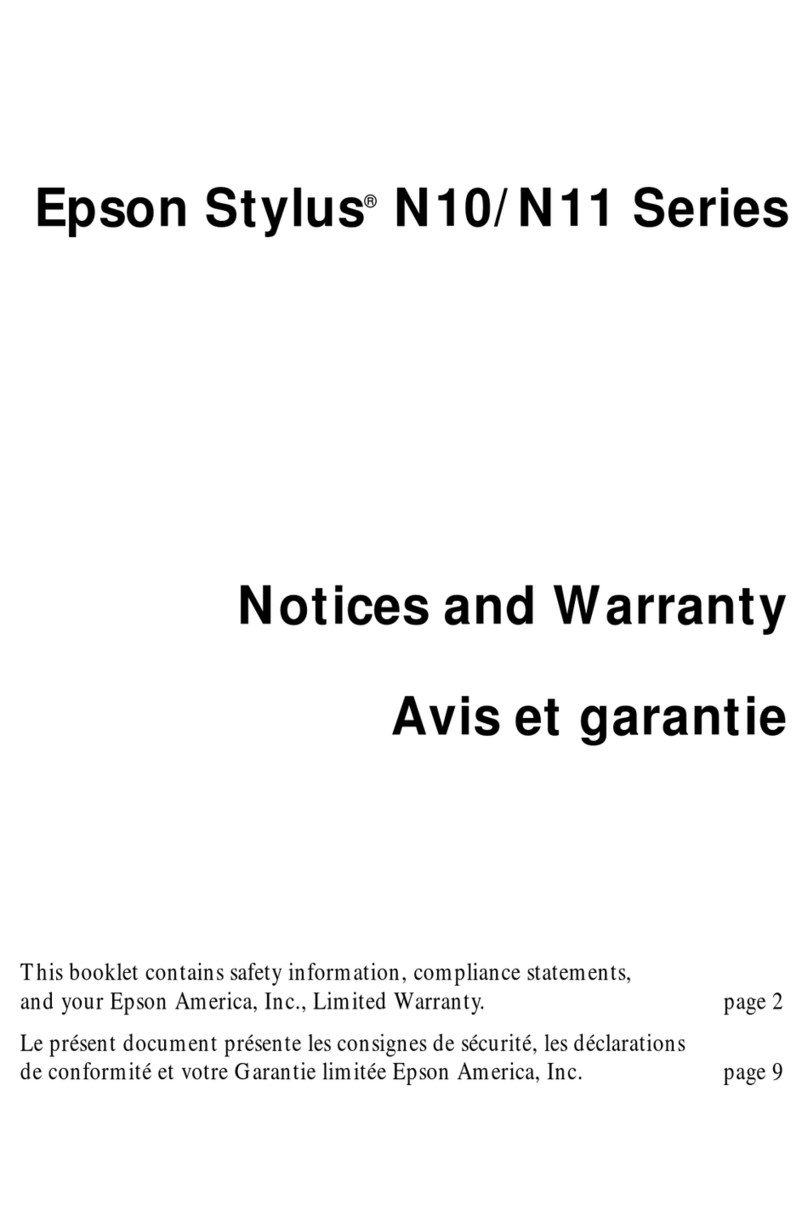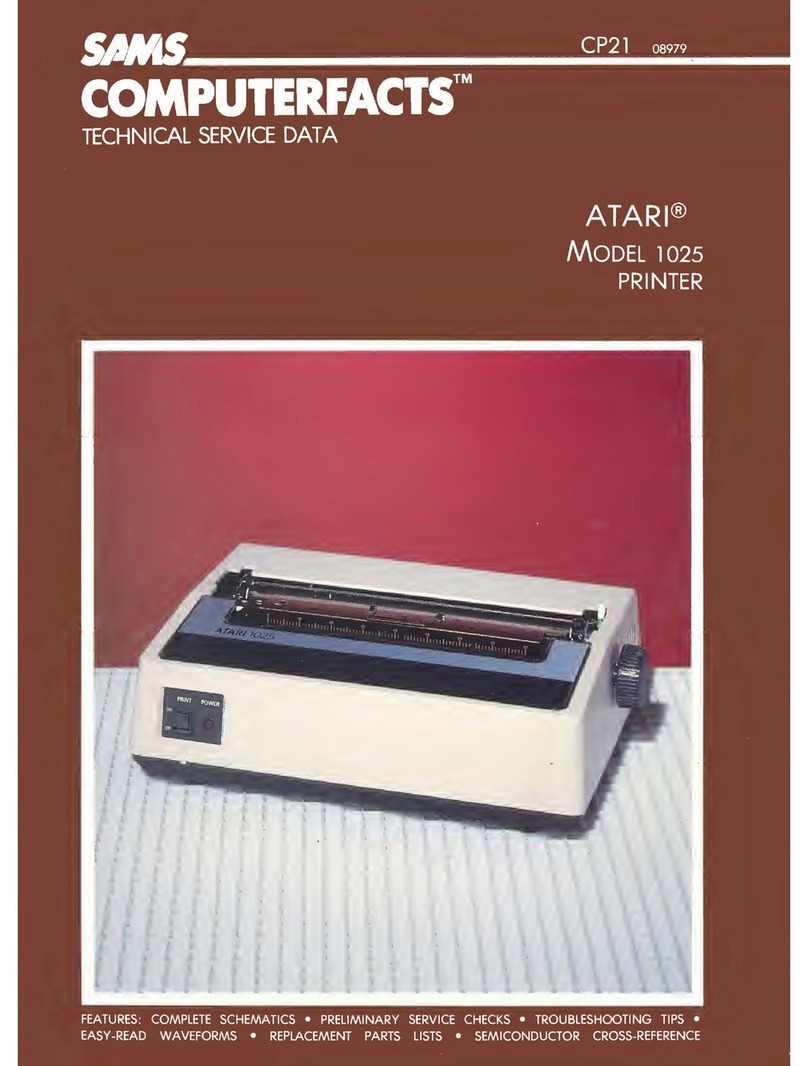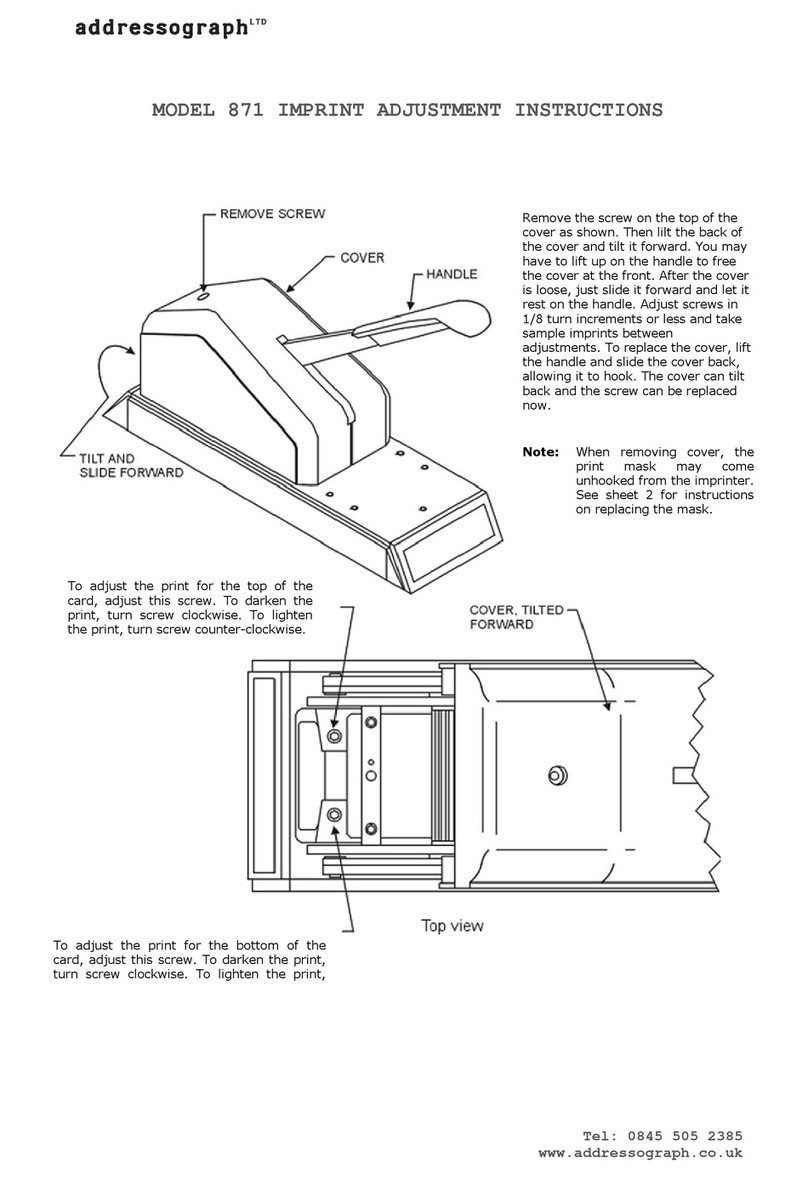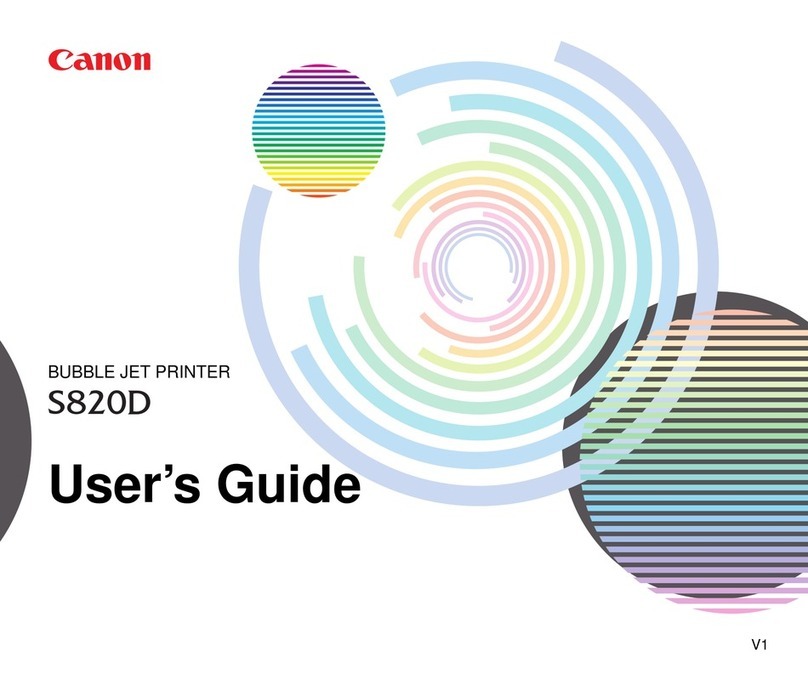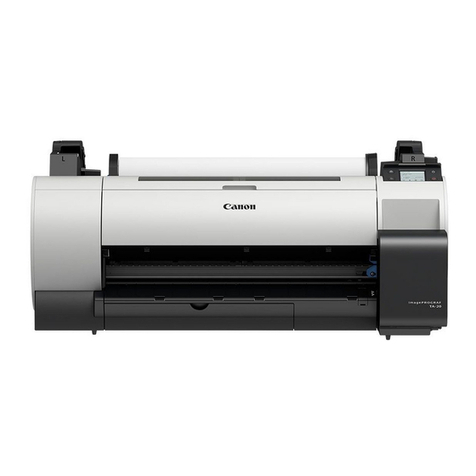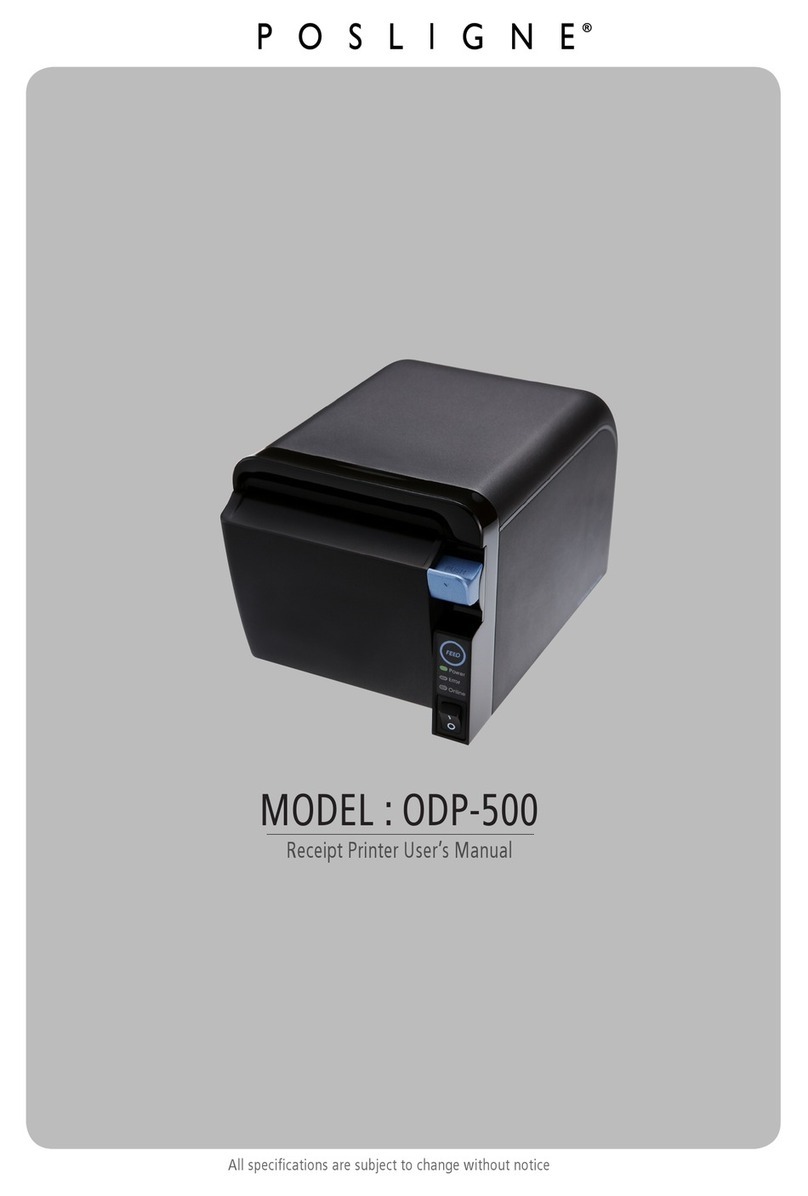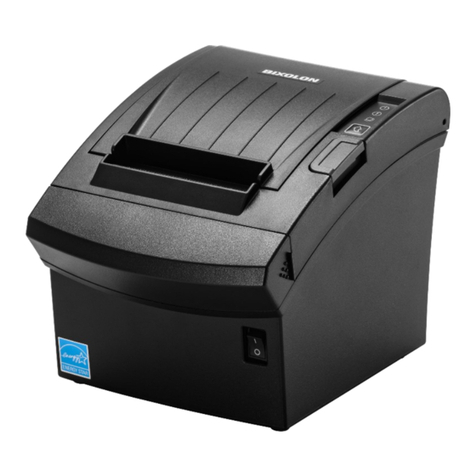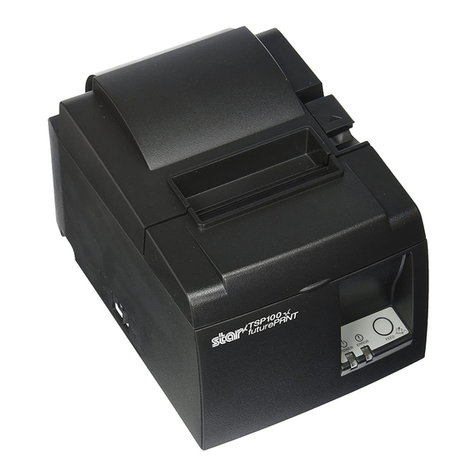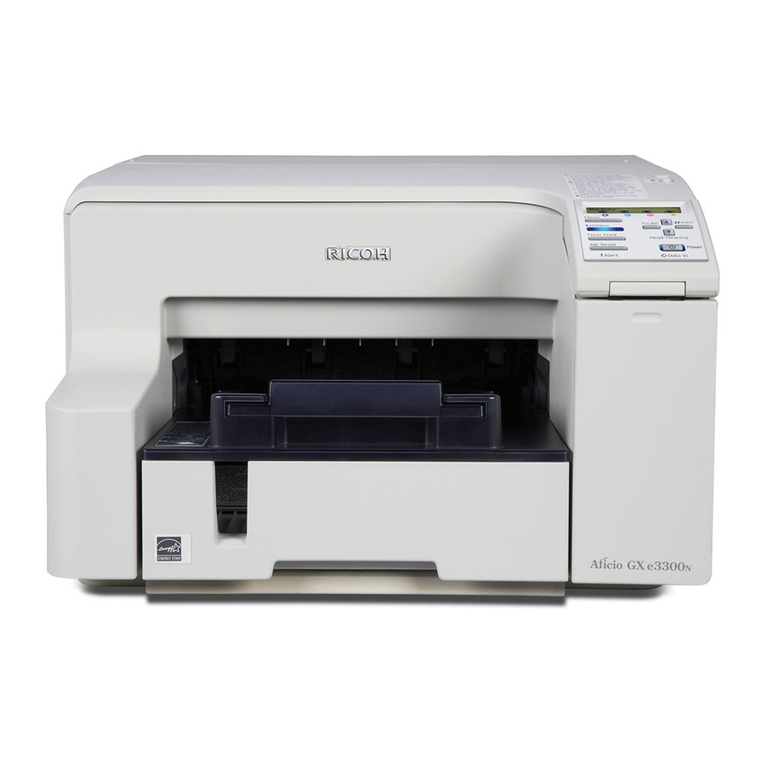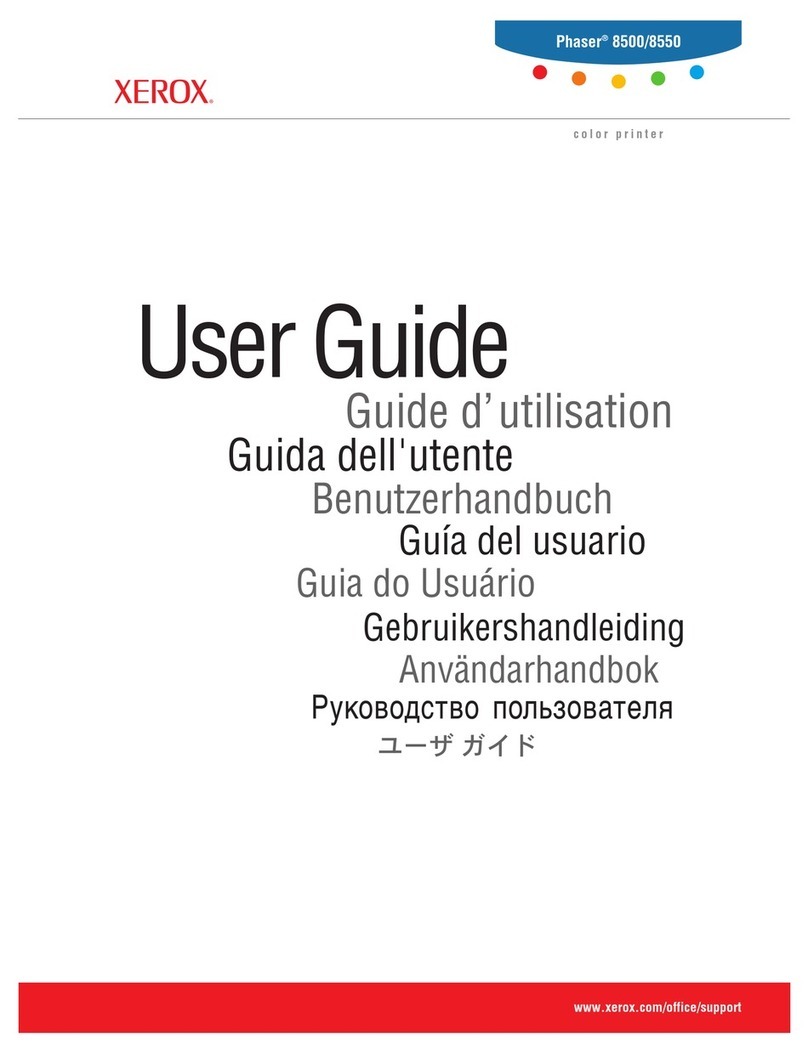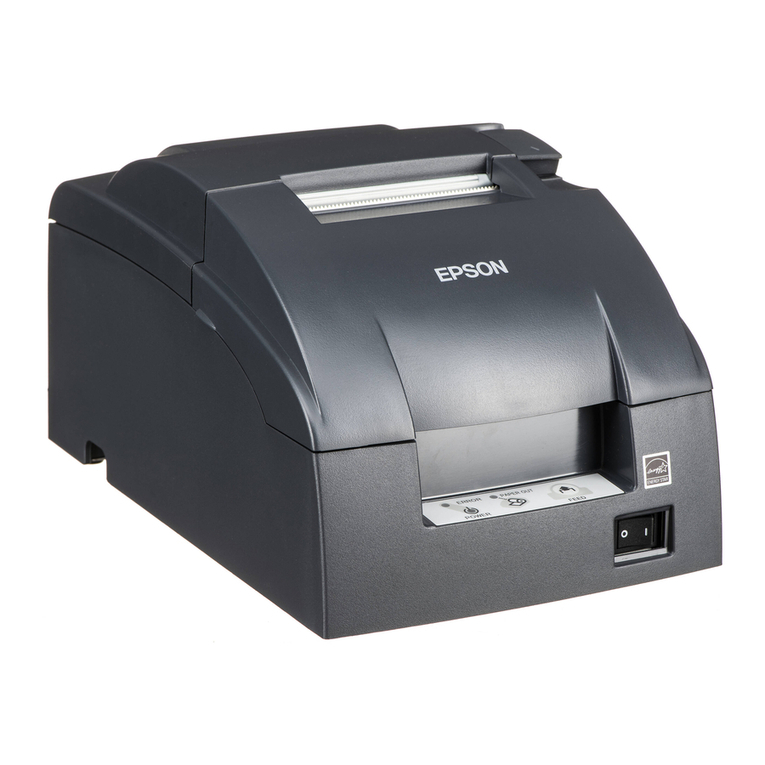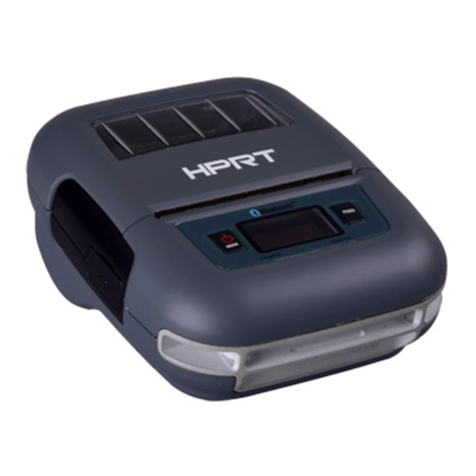Aficio CM-P1 User manual

Model CM-P1
(Machine Code: G144/G145)
SERVICE MANUAL
20 July 2005
Subject to Change

PRECAUTIONS
In order to prevent accidents and damage to the equipment please read the
precautions below before you service the machine.
SAFETY WARNING
1. Only qualified service engineers can service this machine. High voltages and
lasers inside this product are dangerous.
2. Use only approved replacement parts There are no user serviceable parts
inside the printer. Do not make any unauthorized changes or additions to the
printer. This could cause the printer to malfunction and create electric shock or
fire hazards.
3. Laser Safety Statement. The Printer is certified in the U.S. to conform to the
requirements of DHHS 21 CFR, chapter 1 Subchapter J for Class 1(1) laser
products and elsewhere. It is certified as a Class I laser product conforming to
the requirements of IEC 825. Class I laser products are not considered to be
hazardous. The laser system and printer are designed to not let humans get
access to laser radiation during normal operation, user maintenance, or
prescribed service condition.
NOTE: Never operate or service the printer with the protective cover removed from
Laser/Scanner assembly. The reflected beam can damage your eyes.
When using this product, these basic safety precautions should always be
followed to reduce risk of fire, electric shock, and injury to persons.
WARNING

SAFETY PECAUTIONS
TOXIC MATERIALS
This product contains toxic materials that could cause illness if ingested.
1. If the LCD control panel is damaged it is possible for the liquid inside to leak.
This liquid is toxic and contact with skin should be avoided. Wash any splashes
from eyes or skin immediately and contact your doctor if you get some liquid on
your skin. See a doctor immediately if the liquid gets into the mouth or is
swallowed.
2. Please keep toner cartridges away from children. The toner powder contained
in the toner cartridge may be harmful and if swallowed you should contact a
doctor.
ELECTRIC SHOCK AND FIRE SAFETY PRECAUTIONS
Failure to follow the following instructions could cause electric shock or potentially
cause a fire.
1. Use only the correct voltage. Failure to do so could damage the printer and
potentially cause a fire or electric shock.
2. Use only the power cable supplied with the printer. Use of an incorrectly
specified cable could cause the cable to overheat and potentially cause a fire.
3. Do not overload the power socket. This could lead to overheating of the cables
inside the wall and could lead to a fire.
4. Do not allow water or other liquids to spill into the printer. This can cause
electric shock. Do not let paper clips, pins or other foreign objects to fall into the
printer. These could cause a short circuit leading to an electric shock or fire
hazard.
5. Never touch the plugs on either end of the power cable with wet hands. This
can cause electric shock. Remove the power plug from the wall socket when
you service the printer.
6. Use caution when you insert or remove the power connector. The power
connector must be inserted completely. Otherwise a poor contact could cause
overheating and lead to a fire. When removing the power connector grip it
firmly and pull.
7. Do not allow the power cable to become twisted, bent sharply round corners.
Do not place objects on top of the power cable. If the power cable is damaged
it could overheat and cause a fire. Exposed cables could cause an electric
shock. Replace a damaged power cable immediately. Do not reuse or repair
the damaged cable. Some chemicals can attack the coating on the power
cable, weakening the cover or exposing cables causing fire and shock risks.

8. Ensure that the power sockets and plugs are not cracked or broken in any way.
Repair such defects immediately. Take care not to cut or damage the power
cable or plugs when moving the machine.
9. Use caution during thunder or lightening storms. Disconnect the machine from
the power source when such weather conditions are expected. Do not touch
the machine or the power cord if it is still connected to the wall socket in these
weather conditions.
10. Avoid damp or dusty areas. Install the printer in a clean well-ventilated location.
Do not position the machine near a humidifier. Dampness and dust build up
inside the machine can lead to overheating and cause a fire.
11. Do not position the printer in direct sunlight. This will cause the temperature
inside the printer to rise possibly leading to the printer failing to work properly
and in extreme conditions could lead to a fire.
12. Do not insert metal objects into the machine through the ventilator fan or other
part of the casing. This could make contact with a high voltage conductor inside
the machine and cause an electric shock.
HANDLING PRECAUTIONS
The following instructions are for your own personal safety, to avoid injury and so
as not to damage the printer
1. Ensure the printer is installed on a level surface, capable of supporting its
weight. Failure to do so could cause the printer to tip or fall.
2. Do not catch you fingers in the rollers, gears and fans.
3. Do not place any small metal objects, containers of water, chemicals or other
liquids close to the printer. This can cause damage, shock or fire if spilled into
the machine.
4. Do not install the machine in areas with high dust or moisture levels, beside
open windows or close to a humidifier or heater.
5. Do not place candles, burning cigarettes, etc on the printer.

ASSEMBLY/DISAEEMBLY PRECAUTIONS
Replace with recommended parts. Take care to note the exact location of parts and
correct cable routing before you disassemble any part of the machine. Ensure all
parts and cables are replaced correctly. Do the following procedures before you
disassemble the printer or replace any parts.
1. Check the contents of the
machine memory and make a
note of any user settings. These
will be erased if the mainboard or
network card is replaced.
2. Ensure that power is
disconnected before you service
or replace any electrical parts.
3. Disconnect printer interface
cables and power cables.
4. Only use approved spare parts.
Ensure that part number, product name,
voltages, current or temperature rating
are correct.
5. When removing or re-fitting any
parts do not use excessive force,
especially when fitting screws into
plastic.
6. Take care not to drop any small
parts into the machine.
7. Handling of the OPC Drum.
• The OPC Drum can be damaged
if it gets exposed to light.
• Take care not to expose the OPC
Drum either to direct sunlight or
to fluorescent or incandescent
room lighting. Exposure for as little as 5 minutes can damage the surface’s
photoconductive properties and will result in print quality degradation.
Remove the OPC Drum and store it in a black bag or other lightproof
container. Take care when working with the covers (especially the top cover)
as light is admitted to the OPC area and can damage the OPC Drum.
• Take care not to scratch the green surface of OPC Drum Unit. If the green
surface of the Drum Cartridge is scratched or touched the print quality will be
compromised.
CAUTION1.TIF
Caution2.tif

ADDITIONAL SAFTEY PRECATIONS
1. Be careful with high temperature parts. The fusing unit works at a high
temperature. Use caution when working on the printer. Wait for the fusing unit
to cool down before disassemble it.
2. Do not put you fingers or hair into the rotating parts
3. This printer weighs 12.7kg including toner cartridge and cassette. Use safe
lifting and handling techniques. Use the lifting handles located on each side of
the machine. Back injury could be caused if you do not lift carefully.
4. The printer weighs 12.7Kg. Ensure the printer is installed safely on a level
surface, capable of supporting its weight. Failure to do so could cause the
printer to tip or fall possibly causing personal injury or damaging the printer.
5. Do not install the printer on a sloping or unstable surface. After installation,
double check that the printer is stable.
CAUTION3.TIF

ESD PRECAUTIONS
Certain semiconductor devices can be get damaged by static electricity. Such
components are commonly called “Electrostatically Sensitive (ES) Devices”, or
ESDs. Examples of typical ESDs are: integrated circuits, some field effect
transistors, and semiconductor “chip” components. The techniques outlined below
should be followed to help reduce the incidence of component damage caused by
static electricity.
NOTE: Make sure no power is applied to the chassis or circuit, and observe all
other safety precautions.
1. Immediately before handling a semiconductor component or semiconductor-
equipped assembly, drain off any electrostatic charge on your body by touching
a known earth ground. Alternatively, employ a commercially avail-able wrist
strap device, which should be removed for your personal safety reasons prior
to applying power to the unit under test.
2. After removing an electrical assembly equipped with ESDs, place the assembly
on a conductive surface, such as aluminum or copper foil, or conductive foam,
to prevent electrostatic charge buildup in the vicinity of the assembly.
3. Use only a grounded tip soldering iron to solder or desolder ESDs.
4. Use only an “anti-static” solder removal device. Some solder removal devices
not classified as “anti-static” can generate electrical charges sufficient to
damage ESDs.
5. Do not use Freon-propelled chemicals. When sprayed, these can generate
electrical charges sufficient to damage ESDs.
6. Do not remove a replacement ESD from its protective packaging until
immediately before installing it. Most replacement ESDs are packaged with all
leads shorted together by conductive foam, aluminum foil, or a comparable
conductive material.
7. Immediately before removing the protective shorting material from the leads of
a replacement ESD, touch the protective material to the chassis or circuit
assembly into which the device will be installed.
8. Maintain continuous electrical contact between the ESD and the assembly into
which it will be installed, until completely plugged or soldered into the circuit.
9. Minimize bodily motions when handling unpackaged replacement ESDs.
Normal motions, such as the brushing together of clothing fabric and lifting
one’s foot from a carpeted floor, can generate static electricity sufficient to
damage an ESD.

i
TABLE OF CONTENTS
1. INSTALLATION............................................................................ 1-1
1.1 INSTALLATION PROCEDURE .................................................................1-1
2. PREVENTIVE MAINTENANCE.................................................... 2-1
2.1 PM INTERVALS ........................................................................................2-1
3. REPLACEMENT AND ADJUSTMENT ........................................ 3-1
3.1 GENERAL PRECAUTIONS.......................................................................3-1
3.1.1 SERVICING THE MACHINE ............................................................3-1
3.1.2 RELEASING PLASTIC LATCHES....................................................3-1
3.2 COVERS ...................................................................................................3-2
3.2.1 FRONT COVER................................................................................3-2
3.2.2 BYPASS COVER..............................................................................3-3
3.2.3 REAR COVER..................................................................................3-4
3.2.4 TOP COVER ....................................................................................3-6
3.2.5 RIGHT SIDE COVER .......................................................................3-7
3.2.6 LEFT SIDE COVER..........................................................................3-8
3.2.7 MIDDLE COVER ..............................................................................3-9
3.3 EXIT ROLLER .........................................................................................3-10
3.4 ENGINE SHIELD ASSEMBLY AND EXIT BOARD .................................3-11
3.4.1 ENGINE SHIELD............................................................................3-11
3.4.2 EXIT BOARD..................................................................................3-13
3.5 SMPS ......................................................................................................3-14
3.6 FUSING UNIT..........................................................................................3-17
3.6.1 FUSING UNIT ASSEMBLY ............................................................3-17
3.6.2 THERMOSTAT...............................................................................3-18
3.6.3 FUSING LAMP ...............................................................................3-19
3.6.4 STRIPPER PAWLS ........................................................................3-20
When you Reassemble the Fusing Unit..............................................3-21
Note. ...................................................................................................3-22
3.6.5 THERMISTOR................................................................................3-23
3.7 UNPLUG FAN .........................................................................................3-24
3.8 LASER SCANNING UNIT .......................................................................3-25
3.9 DRIVE UNIT ............................................................................................3-27
3.10 TRANSFER UNIT..................................................................................3-28
3.11 BYPASS TRAY UNIT AND FEED ROLLER ..........................................3-30
3.11.1 BYPASS TRAY UNIT ...................................................................3-30
3.12 PICK-UP ASSEMBLY AND SOLENOID................................................3-32
Pick-up Roller and By-pass Pick-up Roller .........................................3-35
Paper Feed Unit Pick-up Roller ..........................................................3-35
By-pass pick-up roller .........................................................................3-36
4. TROUBLESHOOTING ................................................................. 4-1
4.1 PAPER PATH............................................................................................4-1
4.1.1 PAPER JAM CONDITIONS..............................................................4-2

ii
Jam0 .....................................................................................................4-2
Jam1 .....................................................................................................4-2
Jam2 .....................................................................................................4-3
4.2 CLEARING PAPER JAMS ........................................................................4-4
4.2.1 JAM2 (PAPER EXIT AREA) .............................................................4-4
4.2.2 JAM0 (PAPER FEED AREA)............................................................4-6
4.2.3 JAM1 (TONER CARTRIDGE AREA)................................................4-7
4.2.4 TIPS TO AVOID PAPER JAMS........................................................4-8
4.3 SAMPLE PATTERN ..................................................................................4-9
4.3.1 PRINTING A DEMO PAGE AND CONFIGURATION PAGE ............4-9
4.3.2 PRINTING A CLEANING SHEET...................................................4-10
4.4 OPERATION PANEL DISPLAY...............................................................4-10
4.5 PERIODIC DEFECTIVE IMAGE..............................................................4-10
4.6 PRINTOUT PROBLEMS .........................................................................4-11
4.6.1 INCORRECT PRINT POSITION ....................................................4-11
4.6.2 VERTICAL BLACK LINE AND BAND .............................................4-11
4.6.3 VERTICAL WHITE LINE.................................................................4-11
4.6.4 HORIZONTAL BLACK BANDS ......................................................4-12
4.6.5 BLACK/WHITE SPOTS ..................................................................4-12
4.6.6 LIGHT IMAGE ................................................................................4-12
4.6.7 DARK/BLACK IMAGE ....................................................................4-13
4.6.8 UNEVEN DENSITY ........................................................................4-13
4.6.9 BACKGROUND..............................................................................4-13
4.6.10 GHOST 1......................................................................................4-14
4.6.11 GHOST 2......................................................................................4-14
4.6.12 GHOST 3......................................................................................4-14
4.6.13 GHOST 4......................................................................................4-15
4.6.14 STAINS ON FRONT OF PAGE ....................................................4-15
4.6.15 STAINS ON BACK OF PAGE.......................................................4-15
4.6.16 BLANK PAGE 1............................................................................4-15
4.6.17 BLANK PAGE 2............................................................................4-16
4.7 PAPER FEED PROBLEMS .....................................................................4-17
4.7.1 INCORRECT PRINT POSITION ....................................................4-17
4.7.2 JAM 0 .............................................................................................4-17
4.7.3 JAM 1 .............................................................................................4-17
4.7.4 JAM 2 .............................................................................................4-18
4.7.5 MULTI-FEEDING............................................................................4-18
4.7.6 PAPER ROLLED IN THE FUSING UNIT........................................4-18
4.7.7 PAPER STAYS IN THE OPC DRUM..............................................4-19
4.8 SET MALFUNCTIONS ............................................................................4-20
4.8.1 ALL LEDS BLINK (FUSING ERROR).............................................4-20
4.8.2 ALL LEDS BLINK (SCAN ERROR) ................................................4-20
4.8.3 PAPER EMPTY ..............................................................................4-20
4.8.4 PAPER EMPTY WITHOUT INDICATION.......................................4-20
4.8.5 FUSING GEAR MELTS (OVERHEATS).........................................4-21
4.8.6 COVER OPEN................................................................................4-21
4.8.7 NO ERROR LAMP WHEN COVER IS OPENED ...........................4-21
4.8.8 DEFECTIVE MOTOR OPERATION ...............................................4-21
4.8.9 NO POWER....................................................................................4-22

iii
4.8.10 PRINTED VERTICAL LINES GET CURVED................................4-22
4.9 TONER CARTRIDGE..............................................................................4-23
4.9.1 TONER CARTRIDGE PRECAUTIONS ..........................................4-23
4.9.2 REDISTRIBUTING TONER............................................................4-23
4.9.3 TONER CARTRIDGE ERROR MESSAGES ..................................4-25
4.9.4 TONER CARTRIDE DETAILS........................................................4-26
4.10 SOFTWARE PROBLEMS .....................................................................4-29
4.10.1 PRINTER DOES NOT OPERATE CORRECTLY 1 ......................4-29
4.10.2 PRINTER DOES OPERATE CORRECTLY 2...............................4-30
4.10.3 ABNORMAL PRINTING ...............................................................4-31
4.10.4 SPOOL ERROR ...........................................................................4-31
How to Delete Data in the Spool Manager..........................................4-31
5. SERVICE PROGRAM MODE....................................................... 5-1
5.1 FIRMWARE DOWNLOAD.........................................................................5-1
5.1.1 DOWNLOAD PROCEDURE.............................................................5-1
DOS Command mode...........................................................................5-1
EWS (Embedded Web Server) mode ...................................................5-2
5.1.2 FIRMWARE ROCOVERY PROCEDURE.........................................5-4
6. DETAILED DESCRIPTIONS ........................................................ 6-1
6.1 MACHINE OVERVIEW..............................................................................6-1
6.1.1 FRONT VIEW ...................................................................................6-1
6.1.2 REAR VIEW .....................................................................................6-2
6.1.3 OPERATION PANEL........................................................................6-3
On Line/Error Button.............................................................................6-3
Toner Save Button................................................................................6-4
On Line/Error Button and Toner Save Button .......................................6-4
Cancel Button .......................................................................................6-4
6.2 MACHINE OVERVIEW..............................................................................6-5
6.2.1 FIRMWARE ......................................................................................6-5
6.2.2 PRINT ENGINE ................................................................................6-5
Paper Feed Mechanism........................................................................6-5
Drive Mechanism ..................................................................................6-5
Development Unit .................................................................................6-5
Transfer Unit .........................................................................................6-5
Fusing Unit............................................................................................6-5
Electrical Components (PBA) ...............................................................6-6
6.3 SYSTEM LAYOUT ....................................................................................6-7
6.3.1 PAPER FEED UNIT..........................................................................6-8
Paper Separation Method .....................................................................6-8
Paper Tray ............................................................................................6-8
Pick-up roller.........................................................................................6-8
By-pass tray..........................................................................................6-8
Optional Paper Feed Unit .....................................................................6-8
6.3.2 TRANSFER UNIT.............................................................................6-9
6.3.3 DRIVE...............................................................................................6-9
6.3.4 FUSING UNIT...................................................................................6-9
Thermostat............................................................................................6-9

iv
Thermistor.............................................................................................6-9
Hot Roller..............................................................................................6-9
Pressure Roller .....................................................................................6-9
Safety Features ..................................................................................6-10
Safety Devices....................................................................................6-10
6.3.5 LASER SCANNNING UNIT (LSU)..................................................6-10
6.3.6 TONER CARTRIDGE .....................................................................6-11
6.3.7 NEW AIO DETECTION ..................................................................6-12
6.3.8 TONER END DETECTION.............................................................6-12
6.4 ASIC(SPGP)............................................................................................6-13
6.4.1 MEMORY .......................................................................................6-13
6.4.2 FLASH MEMORY...........................................................................6-13
6.4.3 SDRAM...........................................................................................6-14
6.4.4 SENSOR INPUT CIRCUIT .............................................................6-15
Paper Empty Sensor...........................................................................6-15
By-pass Tray Sensor ..........................................................................6-15
Paper Feeding ....................................................................................6-15
Paper Exit Sensor...............................................................................6-15
Cover Open Sensor ............................................................................6-15
DC Fan/Solenoid Driving Circuit .........................................................6-15
Motor Drive Circuit ..............................................................................6-16
Transfer ..............................................................................................6-16
Fusing .................................................................................................6-16
LSU.....................................................................................................6-17
6.5 SMPS AND HVPS ...................................................................................6-18
6.5.1 HVPS (HIGH VOLTAGE POWER SUPPLY) ..................................6-19
1. Transfer High Voltage (THV+) ..........................................................6-19
2. Charge Voltage (MHV) .....................................................................6-19
3. Cleaning Voltage (THV-)...................................................................6-19
4. Developing Voltage (DEV)................................................................6-20
5. Supply...............................................................................................6-20
6.5.2 SMPS (SWITCHING MODE POWER SUPPLY) ............................6-21
1. AC Input............................................................................................6-21
2. Rated Output Power .........................................................................6-21
3. Consumption Power .........................................................................6-21
6.6 ENGINE...................................................................................................6-22
6.6.1 PAPER FEED.................................................................................6-22
SPECIFICATIONS
APPENDIX
PARTS CATALOG

20 July 2005 INSTALLATION PROCEDURE
1-1
1. INSTALLATION
1.1 INSTALLATION PROCEDURE
Refer to the Operating Instructions for full installation procedures.

20 July 2005 PM INTERVALS
2-1
2. PREVENTIVE MAINTENANCE
2.1 PM INTERVALS
The cycle period shown below is for maintenance.
Environmental conditions and use will change.
The cycle period shown is for reference only.
Component Replacement Cycle Done by
Pick-up Ass’y 150,000 pages Service
Transfer Roller 60,000 Pages Service
Printer
Fuser Unit 80,000 Pages Service

20 July 2005 GENERAL PRECAUTIONS
3-1
3. REPLACEMENT AND ADJUSTMENT
This manual uses the following symbols.
: See or refer to : Screw : Connector: : C-clamp (snap ring) : E-
clamp
3.1 GENERAL PRECAUTIONS
• Use high caution when you disassemble and reassemble components.
• Make sure all cables are correctly routed. Check the correct cable routing before
you service the machine. Return all cables to their original position after you
service the machine.
3.1.1 SERVICING THE MACHINE
1. Make sure there are not documents stored in memory before you service the
machine.
2. Remove the toner cartridge before you disassemble parts.
3. Unplug the power cord before you service the machine.
4. Use a flat clean surface to service the machine.
5. Use only approved replacement parts. Machine function cannot be guaranteed
of you use unauthorized replacement parts.
6. Do not force plastic components.
7. Make sure all components are in their correct positions..
3.1.2 RELEASING PLASTIC LATCHES
Many of the parts are held in place with
plastic latches. The latches break easily.
Release them carefully. To remove such
parts, press the hook end of the latch away
from the part to which it is latched.
G144R001.WMF

COVERS 20 July 2005
3-2
3.2 COVERS
3.2.1 FRONT COVER
1. Pull the cassette [A] out of the printer.
2. Open the front cover [B] and push the toner cartridge down. Then remove it
from the machine.
3. Pull inward to release the hinges [C].
4. Pull the front cover [D] away from the machine.
NOTE: To prevent damage to the toner cartridge do not expose it to light for more
than a few minutes.
G144R003.WMF
G144R002.WMF
G144R004.WMF
G144R005.WMF
[A]
[B]
[C]
[D]

20 July 2005 COVERS
3-3
3.2.2 BYPASS COVER
1. Open the tray assembly [A].
2. Carefully bend the plastic
hinge supports toward the
center of the machine [B] to
release them from the guide
hooks.
3. Pull the by-pass tray [C]
outwards from the machine.
NOTE: You can use a little bit of
force when you bend the plastic
hinges.
G144R006.WMF
G144R007.WMF
[A]
[B]
[C]

COVERS 20 July 2005
3-4
3.2.3 REAR COVER
1. Remove the 2 x and remove the
option cover assembly [A].
2. Remove the cover face [B] in the
direction of the arrow as shown above.
G144R031.WMF
G144R032.WMF
[A]
[B]

20 July 2005 COVERS
3-5
3. Remove the 2 x as shown above and snap the rear cover [C] out of the
machine.
G144R033.WMF
[C]

COVERS 20 July 2005
3-6
3.2.4 TOP COVER
Remove the following before you remove the top cover.
: Front Cover
: Rear Cover
1. Remove the 4 x as shown above. Then lift the top cover [A] from the
machine.
NOTE: Make sure you do not damage the exit roller [B] when you remove the top
cover.
G144R008.WMF
[A]
[B]

20 July 2005 COVERS
3-7
3.2.5 RIGHT SIDE COVER
Remove the following before you remove the right side cover.
: Front Cover
: Rear Cover
: Top Cover
1. Remove the 2 x as shown above
2. Release the top latch [A] and the three bottom latches [B] from the frame
assembly in the direction of the arrow.
3. Remove the right side cover [C].
G144R010.WMF
[A]
[B]
[C]
This manual suits for next models
2
Table of contents
Other Aficio Printer manuals

